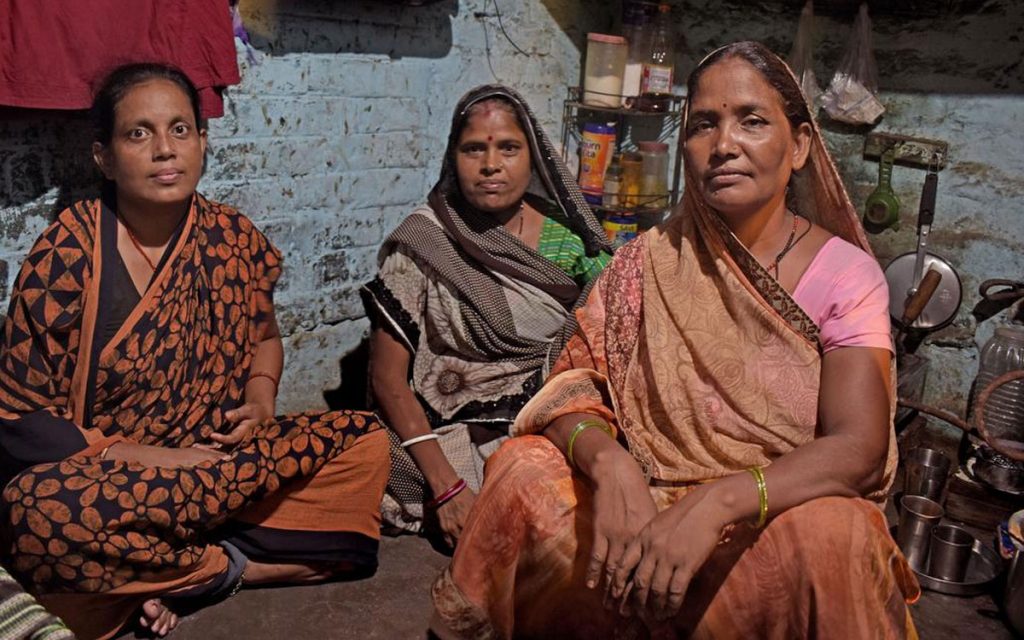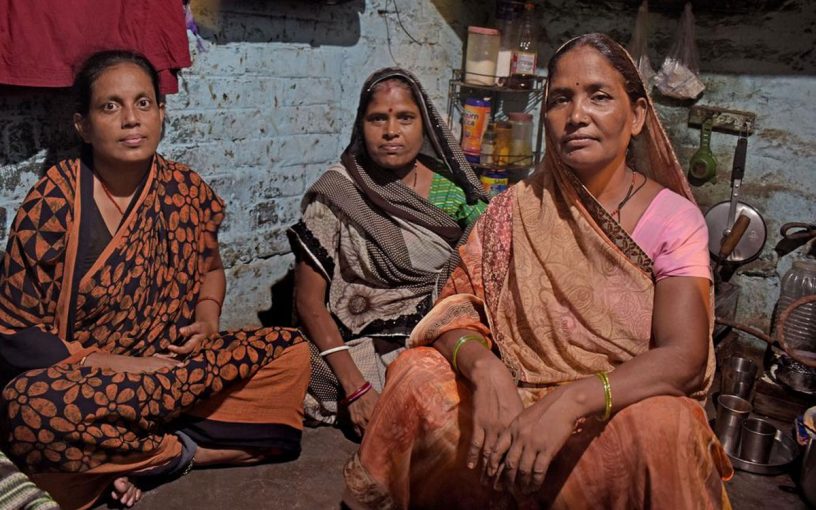
The research shows the impact on female domestic workers’ consumption, employment and income patterns across different time periods before and after the Covid-19 outbreak.
Authors
Deepanshu Mohan, Associate Professor of Economics and Director, Centre for New Economics Studies (CNES), Jindal School of Liberal Arts and Humanities, O.P. Jindal Global University, Sonipat, Haryana, India.
Jignesh Mistry, Senior Research Analyst and the Visual Storyboard team lead at the CNES, Jindal School of Liberal Arts and Humanities, O.P. Jindal Global University, Sonipat, Haryana, India.
Advaita Singh, Vanshika Mittal and Shivani Agarwal are Senior Research Analysts with the Centre for New Economics Studies.
Richa Sekhani, Senior Research Analyst with CNES and Research Associate at Indian Council for Research on International Economic Relations.
Summary
You all must have only heard that poverty exists,” Ranjana Mishra, a domestic worker living in Lucknow said. “However, we experienced it closely during the pandemic. For many days we only survived on roti and salt.”
Mishra’s own struggle with destitution during a pandemic-induced economic emergency affecting India’s largest informally employed female workforce reflects the plight of millions of female domestic workers living across cities of India. During the summer of 2020 and 2021, the pandemic-induced lockdowns led to most female domestic workers experiencing extreme shocks to their incomes, leading to a rise in poverty and hunger.
Since 76.2% of the workforce in the domestic worker segment are female, the economic impact of the pandemic has differently affected the group with catastrophic gender-based consequences.
Some of these structural issues have been exacerbated because of the extent to which domestic work remains an “unprotected”, “unorganised” space for women suffering from social invisibilities. Contextually across the nation, most paid domestic work has remained outside the purview of all state-supported systems of relief or rehabilitation. It is as if these female workers do not exist.
“Do not talk about the government. For them, I do not even exist,” said Neha (name changed), a domestic worker living from Bhopal.
To ascertain the shock-impact of Covid-19 on female domestic workers, a research team at the Centre for New Economics Studies, O.P. Jindal Global University undertook a three-month-long extensive field study, documenting narratives of more than 250 female domestic workers through a randomised survey across cities of Bhopal, Katni, Lucknow, Jhansi and Pune, where our research team members were based.
Their temporal analysis revealed detailed findings of the shock impact on workers’ consumption, employment and income patterns across three time periods: pre-Covid, during the first lockdown (March 2020-May 2020) and the more recent period (May-June).
Published in: Scroll.in
To read the full article, please click here


